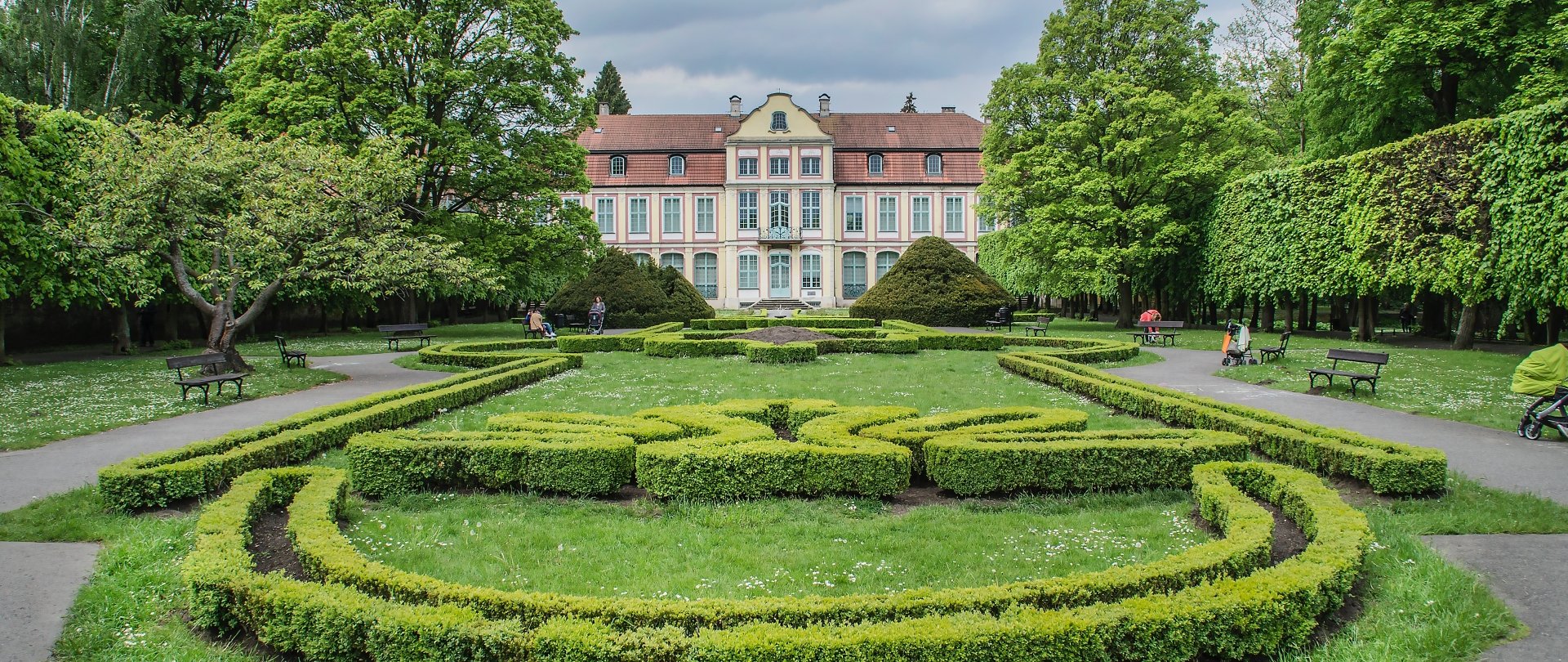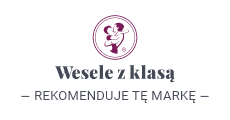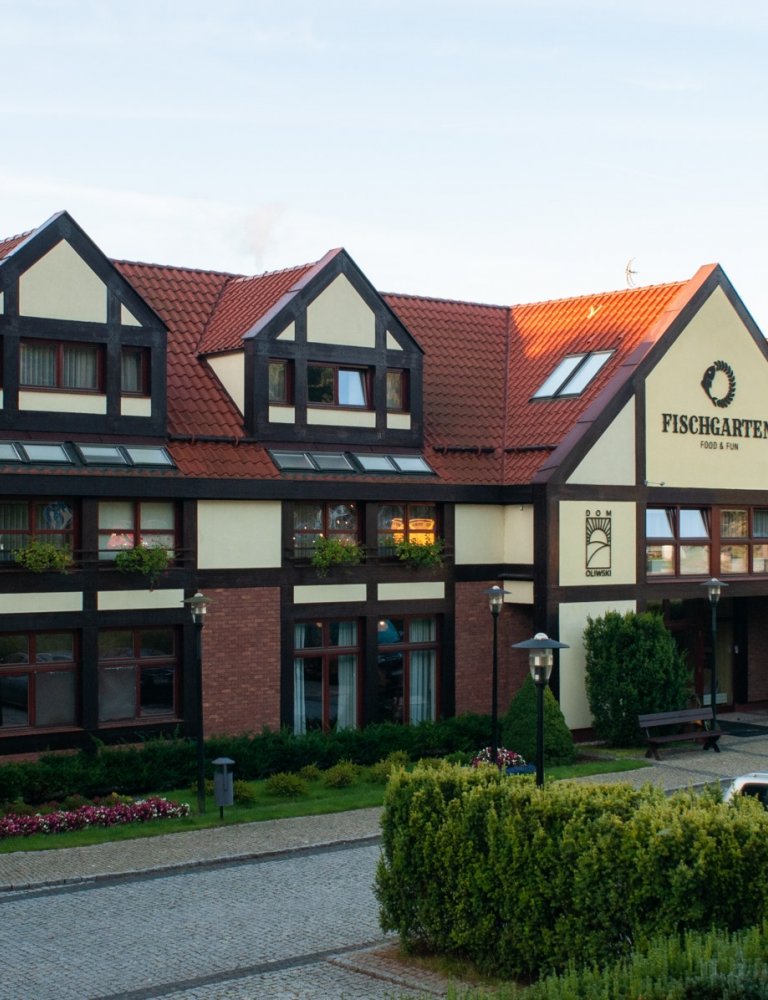This is one of the most important and recognizable streets in Oliwa, stretching 2.9 km in length. For
centuries, it was the main route leading from Gdańsk, through the Wrzeszcz district, to the Cistercian
Abbey in Oliwa and further west along the Baltic coast as Via Mercatorum. Many valuable goods were
transported along this road.
The name Polanke (or Polane) first appeared in 1279, referring to a series of settlements that developed
along the route on forest glades at the outlets of the moraine valleys surrounding Gdańsk from the west.
The Cistercian Order, which had owned these lands since the late 12th century, played a significant role in
the development and shaping of these villages.
In the 17th century, on land leased from the monks, eight grand residences were built on the western side
of the road, at the foot of the moraine hills. These homes belonged to wealthy Gdańsk patricians and
prosperous merchants. By the 19th century, they were referred to as dwory (manor houses) and numbered
in the order of their distance from Oliwa. The ones located farthest from "Old Oliwa" have not survived,
but five buildings remain. While not all still resemble the grand summer palaces surrounded by gardens
and parks of the past, they continue to impress with their beauty. They bore elegant names: Dwór I –
"Monbrillant" (renamed "Biała Górka" in 1945), Dwór II – "Quellbrunn," and Dwór V – "Anielski Dwór"
or "Jutrzenka." Today, these buildings house institutions such as the International Ecumenical Center run
by the Bridgettine Sisters (visited by Pope John Paul II in 1999), a juvenile shelter, and the Navy Hospital.
Polanki Street is also home to the renowned V High School (V Liceum Ogólnokształcące). Among its
most famous alumni are actress Zofia Czerwińska, poet and writer Jacek Dehnel (author of Lala), singer
Irena Jarocka, and pianist Marek Tomaszewski from the famous duo Marek & Wacek. At No. 51 stands
the residence of former Polish President Lech Wałęsa.










